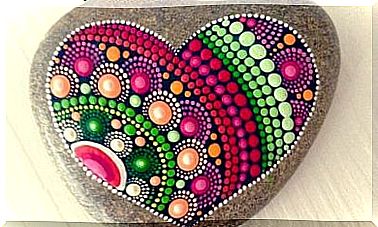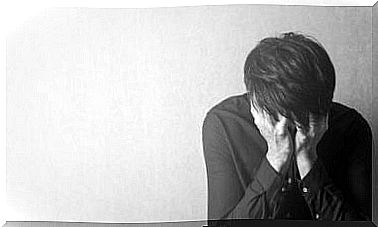Do You Know What Avoidant Attachment Is?
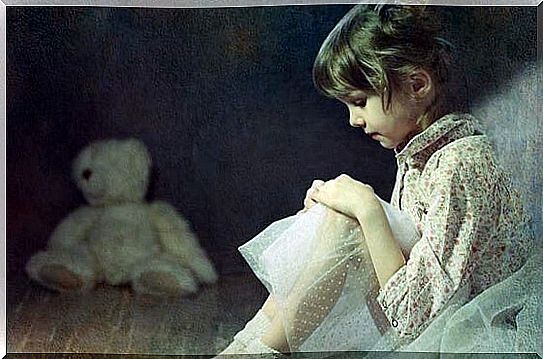
Attachment is a close emotional bond that is forged with the people who care for us and give us security. This, of course, is very intense at the beginning of our lives. In these early stages we are completely dependent on the protection of the people around us to survive. In this sense, attachment is formed naturally as a guarantee or insurance of survival, but at the same time it marks, and a lot, the character of the first relationships.
When the adults who take care of us play their role well, we are more likely to develop a secure type of attachment, regardless of our temperament. We depend on the other, but this does not give rise to any feelings of anxiety or frustration. On the contrary, when we are neglected, or rejected, we are more likely to develop insecure attachment bonds. This is a form of dependency fraught with anguish and ambivalence.
The way in which these bonds are forged in our first years of life will greatly influence the way we interact affectively with others, unless we make a conscious intervention in this regard. Thus, we can say that such links leave a very deep, almost indelible mark. In this way, what we can observe in adulthood is a tendency to replicate the attachment style that each person strengthened in their childhood: somehow the first attachment relationships already told us what we can or cannot expect from others, be it or not true.
Attachment theory
John Bowlby, an English psychoanalyst, became interested in the subject of attachment and developed a theory about it. From his observations he was able to establish that we have a phylogenetic predisposition to develop links. These are especially aimed at all the people who provide us with protection and security or, failing that, who should provide it to us.
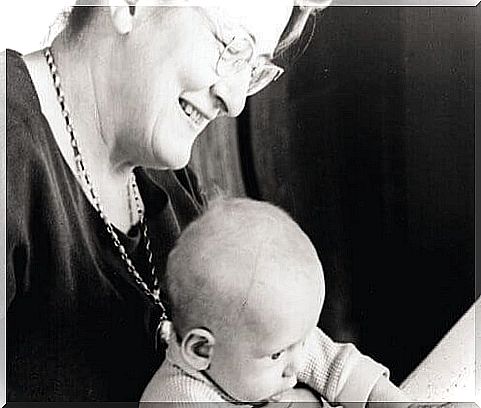
Later, psychologist Mary Dinsmore Ainsworth identified three types of attachment. These are: secure attachment, ambivalent or resistant attachment, and avoidant or rejecting attachment. According to their research, most people develop the first type, but there are also a good number of individuals who enroll in the other two.
Secure attachment allows building close and spontaneous emotional ties. The insecure (the ambivalent and the avoidant) give rise to strong repression and difficulties in building intimate ties with others.
The origin of attachment types
When parents have a good attitude and an adequate availability towards their child, close bonds of security are formed. In this case, the children act in the predictable way. If their mother walks away, they cry and feel uncomfortable for a few seconds and then focus on their surroundings. When she returns, they are happy and express affection and joy to her.
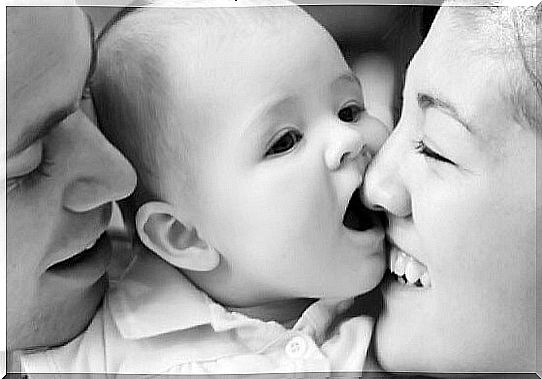
If the parents are distant or even show rejection towards their child or, on the contrary, they show too much attention, it is most likely that the baby / child will develop an insecure type of attachment. When this happens, children perceive that their needs will not be met or fear that they will remain unmet in the future: hence their anxiety or avoidance as a way of protecting themselves against anticipated abandonment or indifference.
They may even learn that displays of affection upset the people they love the most, their parents. The little ones, then, begin to keep their emotions to themselves. In these cases, when the mother moves away, the child hardly reacts. And when he returns, he also remains distant and absorbed in his own. They thus develop a false independence.
Effects of avoidant attachment and ways to overcome it
The effects of avoidant attachment extend into adult life. Children who have grown up in these patterns become adults who are practically unable to express their emotions. But not only to express them, but also to feel and identify them. They try to get away from everything and everyone. They can be indolent in front of others and very indifferent to their own feelings.
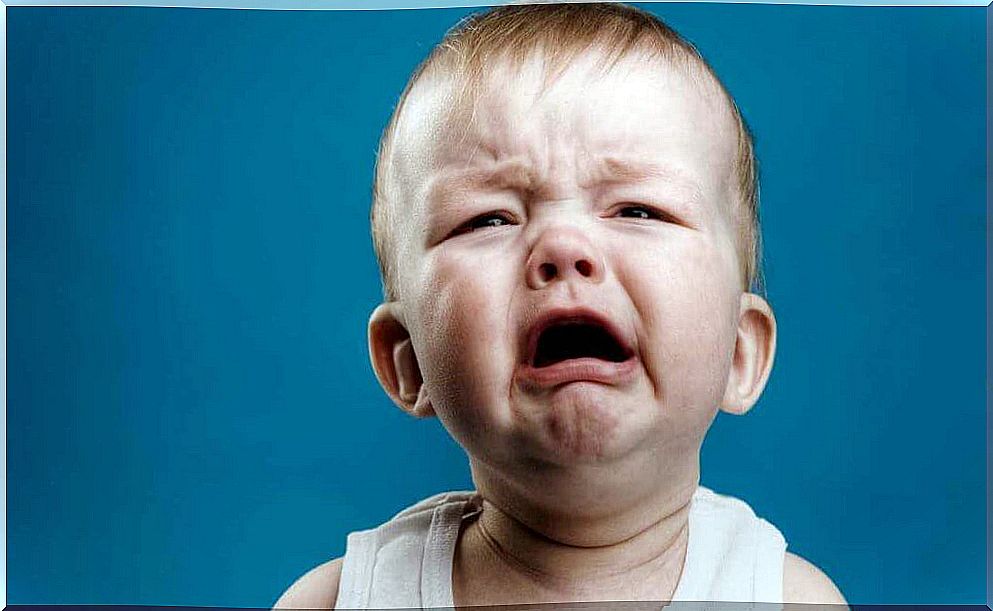
This situation is especially reflected in the world of the couple. They feel anguish of losing the person they love. They believe that by not showing their emotions or minimizing them they protect themselves against eventual suffering. They flee from the real dialogues and are awed by the anticipated ones. Instead of expressing their disagreements in words, they do so with tantrums and false conflicts. They suffer a lot because they cannot love serenely, but they do it as if a serious threat gravitated over them; a threat that they are often unable to identify.
Although attachment patterns tend to persist, they can always be moderated and refined. Sometimes an experience of loss of one of those beloved figures leads to reflections and changes in this regard. Sometimes it is achieved through psychotherapy. It is also possible to become aware of it and work individually to learn to relate to the world in a more constructive way.
Looking inside
Overcoming avoidant attachment involves restoring the relationship that exists between the person and his interior, in many cases recovering a very damaged self-esteem that causes a dull pain (not identified). Only when this relationship heals is it possible for the person to consider the interior of the people around him. Thus, only when one’s own emotions are considered does the possibility of empathy arise to consider those of others.
Thus, in this sense, it is very important to change communication patterns. Open them, both for good and for bad, so that there can be a controlled expression of emotions so that others have the opportunity to accept them, validate them and, in some cases, accompany them.
Said like that, it sounds very easy, but if learning is difficult, unlearning what has been learned is more so. Think that what we learned in childhood, or much of what we learned, is the basis on which we have been building the rest of the knowledge and habits that characterize us today. Hence, in many cases the help of a professional is highly recommended, but the earthquake that we can cause by moving a piece as important as the attachment style can destroy us.
What do the latest scientific studies say?
In an investigation carried out by Camps-Pons, Castillo-Garayoa and Cifre in 2014, they evaluated the attachment style and psychopathological symptoms in a sample of adolescents who had suffered family abuse. They found that two out of three had insecure attachment (67.5%) and of these, 37.5 had an avoidant insecure attachment. However, in a population without domestic violence, two out of three had secure attachment.
The results showed that abuse in the family is related to developing an avoidant insecure attachment. As the authors point out: ” intrafamily abuse would imply a greater risk of difficulties in establishing a self-concept and a vision of others that allow to properly regulate emotions and establish relationships of trust, thus minimizing vulnerability to suffering psychopathological difficulties . “


